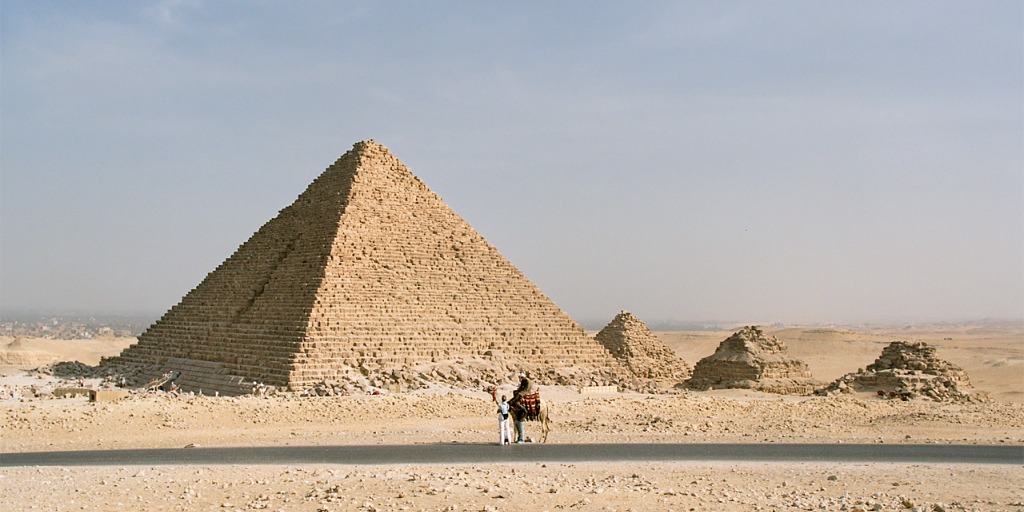A controversial renovation project at Egypt’s Menkaure pyramid has recently sparked a social media backlash, raising questions about the protection of Egypt’s heritage sites.
The Supreme Council of Antiquities initiated the project to stabilize the pyramid’s eroding limestone casing, which involves replacing missing stones with custom-made granite blocks.
While the Supreme Council of Antiquities touts the project as crucial to safeguarding the ancient wonder, a groundswell of criticism and online dissent has emerged, questioning the methods employed and the potential long-term consequences.
Proponents of the project
Supporters of the project, including Mostafa Waziri, Secretary-General of the Supreme Council of Antiquities, laud the initiative as essential for the durability and longevity of the pyramid. They argue that modern materials and methods are necessary to combat accelerated deterioration caused by environmental factors.
According to some reports, Egypt is the world’s hottest hotspot, baking under record-breaking temperatures that rise over 3 degrees Fahrenheit every decade. In Aswan, where temperatures regularly surpass 100 degrees Fahrenheit, the scorching sun wreaks havoc on ancient granite monuments, splitting them with cracks.
Climate change has led some experts to argue that the tombs in Luxor’s Valley of the Kings will be “gone completely” within a century if immediate action is not taken, as certain temple stones are already exhibiting signs of moisture deterioration.
The project could potentially succeed, according to Egyptologist Salima Ikram of the American University in Cairo, “as long as the stones used are the ones found around it, and not adding new ones that do not belong to the pyramid.”
Opponents of the project
While there is research underway to develop protective coatings that can shield monuments from temperature fluctuations, others argue that the anticipated lifespan of modern building materials is not long enough.
Egyptologist Monica Hanna expresses concern that despite the Japanese partners’ cutting-edge technology, the project might lack the necessary archaeological expertise to delve into the remaining mysteries, like mortar composition and construction techniques.
Waziri released a video of workers placing granite slabs on the pyramid’s base on Facebook on Friday, which has seen strong opposition from concerned citizens in the comments under the video.
Under the video, several users have expressed their concerns. ‘From a simple Egyptian citizen, please don’t spend millions of dollars on something that is not important while the country is struggling with a difficult economic situation,’ one citizen commented.
‘It looks cheap and tacky. Adding these “blocks” will ruin the beauty and wonder of an ancient building,’ another commented.
‘Unless they are going to use original materials and methods used by ancient Egyptians, then this project will fail,’ one user said.
The timing of the project has sparked debate, with some citizens expressing concerns about its economic feasibility in the current climate. Others have questioned the government’s prioritization of monuments and infrastructure development over immediate public needs.
The restoration is just one facet of a multi-pronged initiative to revamp the Giza Pyramids. This ambitious “project of the century” also encompasses the construction of the Grand Egyptian Museum, a comprehensive infrastructure upgrade, and the development of modern, enhanced visitor facilities.







Comments (0)